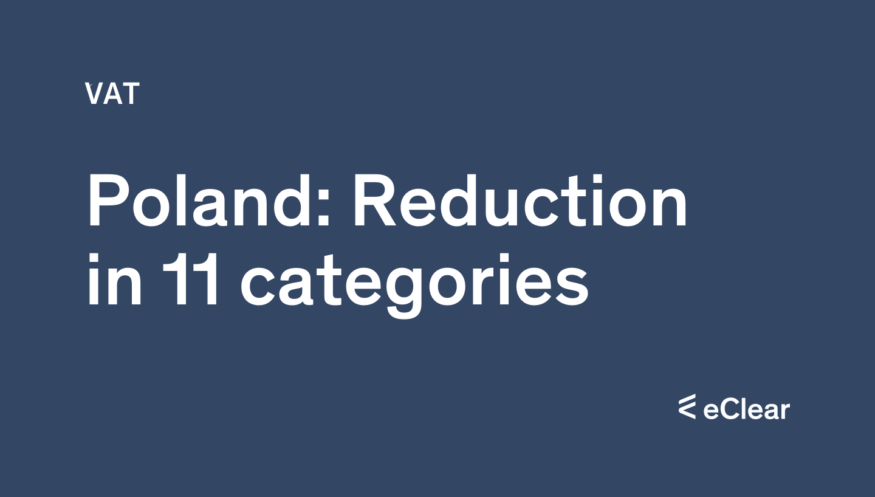A company buys food for resale that is temporarily taxed at 0% as part of inflation protection. Even though most suppliers apply this VAT rate, what happens if someone issues invoices at 5%? Is the company entitled to deduct input tax from the invoices issued by this supplier?
On 1 February 2022, Articles 146da-146dc were added to the VAT Act. These provisions temporarily, i.e. from 1 February to 31 December 2022, reduce the VAT rates for eleven categories of goods. These goods include, among others, foodstuffs listed in items 1-18 of Schedule 10 to the VAT Act, which are not classified in the group of services by the catering industry (PKWiU 56) according to the Polish Classification of Goods and Services. These goods were previously subject to a 5% VAT rate. — The VAT rate has been temporarily reduced to 0% (Article 146da(1)(1) of the VAT Act). It should be noted that the 0 per cent rate will also apply to these goods from 1 January 2023, only based on para. 8 of the Minister of Finance Ordinance of 2 December 2022 on reduced VAT rates in 2023.
The temporary reduction of VAT rates is mandatory
These reduced VAT rates (and not the current rates) are to be applied. Consequently, in the present situation, the contractor needs to act correctly when applying the 5% VAT rate to the supplies of foodstuffs listed in items 1-18 of Schedule No. 10 to the VAT Act. Nevertheless, the company is entitled to deduct input tax from the invoices issued by this counterparty. There is no provision excluding the exercise of the right to deduct input tax in cases where the supply is subject to VAT but has been supported by an invoice issued by the seller in which the VAT is calculated at an incorrect rate. Consequently, in such cases, taxable persons are entitled to deduct input tax from the invoices received. This also applies to cases where the seller overstated the invoice’s VAT rate and used 5 per cent, 8 per cent or 23 per cent instead of 0 per cent. This position is confirmed by statements of tax authorities, e.g. in individual interpretations of the Director of the Tax Chamber in Warsaw dated 24 June 2013. (No. IPPP3/443-252/13-2/JK), Director of National Tax Information, dated 4 February 2020. (No. 0113-KDIPT1-1.4012.778.2019.1.AKA) and dated 5 January 2021. (No. 0112-KDIL1-1.4012.618.2020.1.HW).
The first of these interpretations states: “Pursuant to Section 88(3a)(2) UStG (ed.), invoices and customs documents do not form the basis for a reduction of output tax, and a refund of the tax difference or a refund of input tax if the transaction evidenced by the invoice is not taxable or exempt from tax. The above provision does not remove the right to reduce output tax by input tax.
Source: podatki.gazetaprawna.pl







